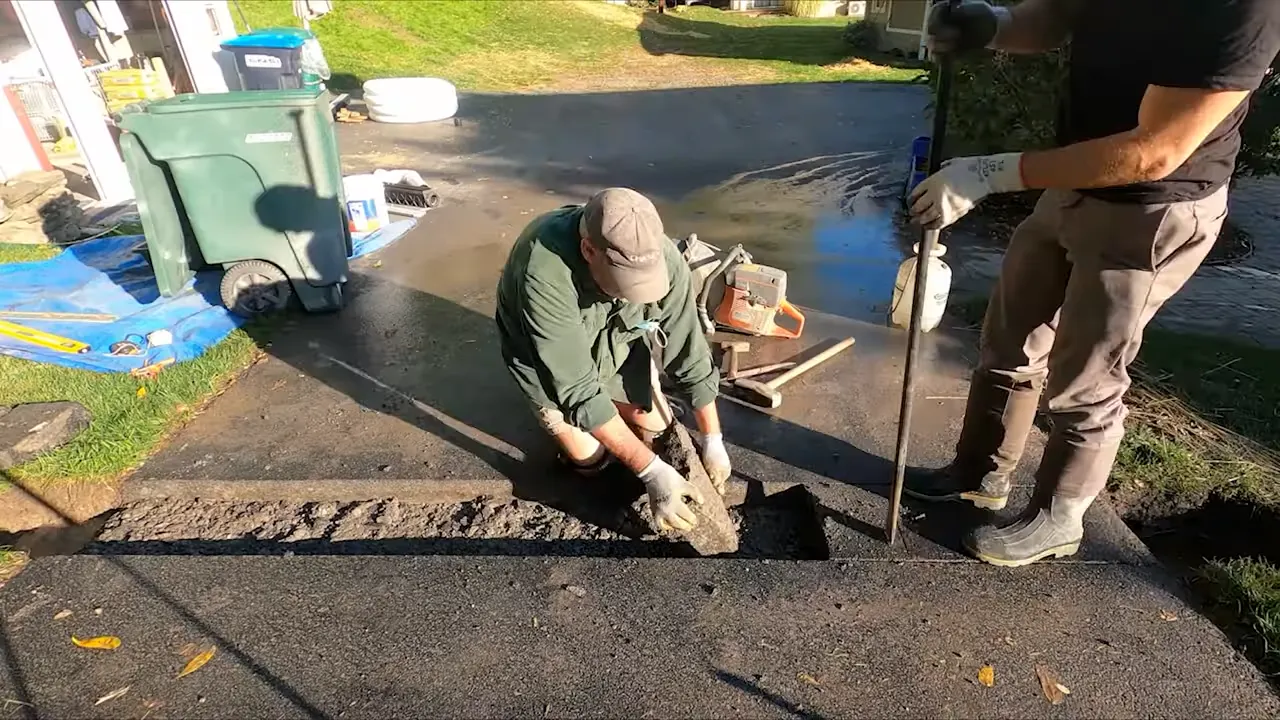To install a driveway drain, first, mark the area where the drain will be placed. Then, dig a trench for the drain, ensuring it has the necessary slope for proper water drainage.
Driveway drains are essential for preventing water buildup and potential damage to your driveway. Whether you are dealing with heavy rainfalls or simply trying to maintain a well-drained driveway, installing a driveway drain is a smart solution. This installation process involves marking the area where the drain will be placed, digging a trench to provide proper slope, and placing the drain in the trench.
With the right tools and materials, you can easily install a driveway drain to keep your property safe and water-free. We will guide you through the step-by-step process of installing a driveway drain. So, let’s get started!

Frequently Asked Questions
How Do You Fit A Driveway Drain?
To fit a driveway drain, follow these steps: 1. Plan the location and layout for the drain. 2. Dig a trench for the drain, ensuring proper slope for drainage. 3. Install the drain pipe and connect it to a drain outlet or sewer system.
4. Cover the drain pipe with gravel or other drainage material. 5. Fill the trench with soil or pavement, ensuring proper compaction. Proper installation will help prevent water accumulation and damage to your driveway.
What Is The Best Drain System For A Driveway?
The best drain system for a driveway is a trench drain. It effectively collects and redirects water away from the driveway, preventing pooling and potential damage. Trench drains are durable, easy to maintain, and provide efficient drainage for driveways.
How Do You Add Drainage To A Gravel Driveway?
To add drainage to a gravel driveway, you can install a French drain or trench drain alongside the driveway. This helps redirect water and prevents puddles and erosion. Additionally, grading the driveway properly and using permeable gravel can improve drainage.
Installing landscape fabric under the gravel can also help control weed growth.
Can You Add A Drain To Existing Concrete?
Yes, it is possible to add a drain to existing concrete. A professional contractor can install a drain by cutting the concrete and creating a trench. The new drain can then be connected to existing plumbing or directed to a specific drainage area.
Conclusion
Installing a driveway drain is a crucial step towards preventing water damage and maintaining the integrity of your driveway. By following the step-by-step guide provided in this blog post, you can ensure a smooth and effective installation process. Remember to choose the right type of drain, plan the layout carefully, and properly secure the drain to the ground.
With these tips, you can enjoy a functional and reliable driveway drain that will effectively divert water away from your property for years to come.
